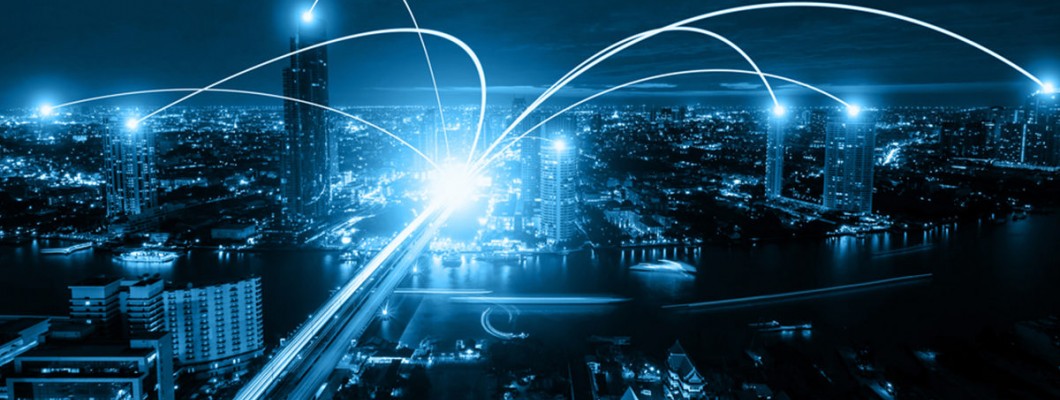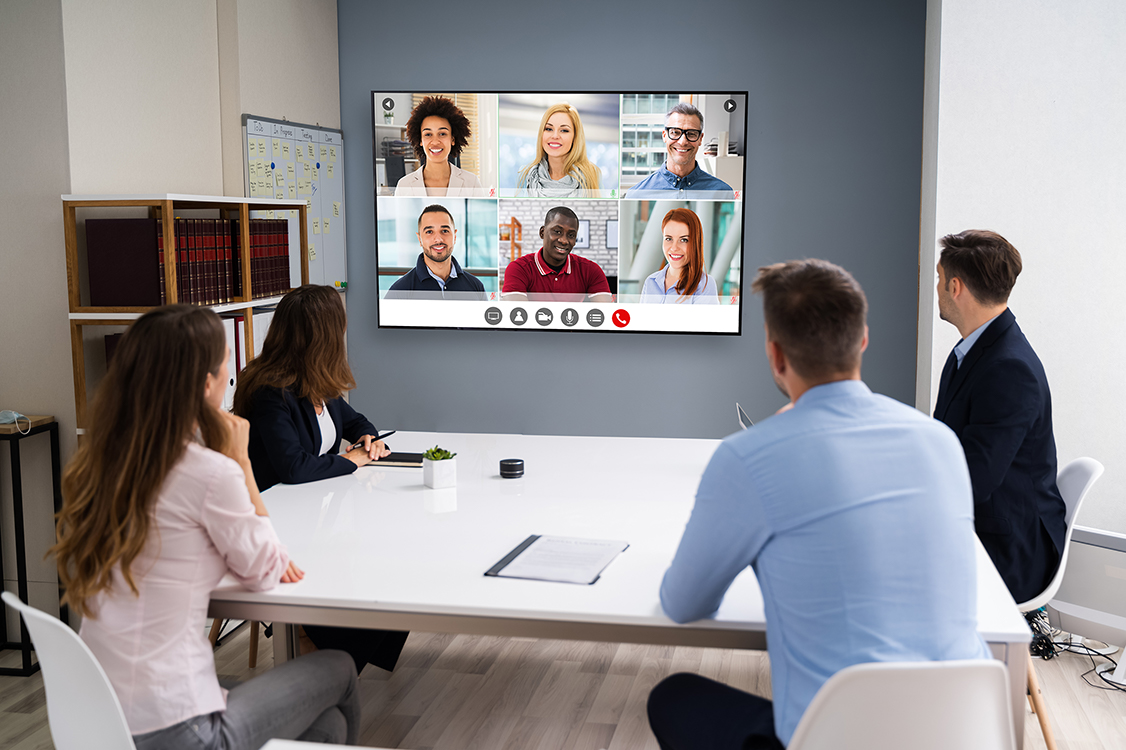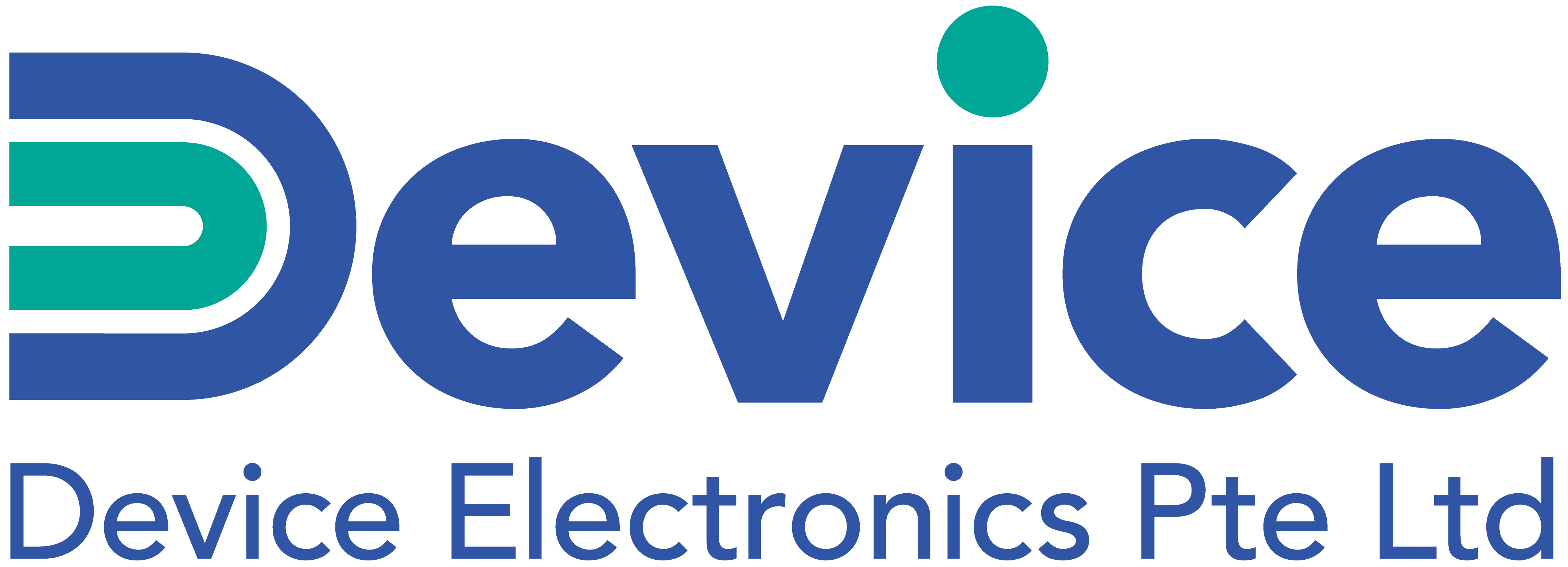
The global COVID-19 pandemic has had far-reaching impacts.
Among them was the almost-overnight shift to working from home. Organizations throughout the world closed offices and sent office employees home to work. Thanks to internet connections and cloud-based solutions, video conferencing platforms and VPNs, workers managed their day-to-day tasks from their home office, couch, or kitchen table, and companies continued to function.

Videoconferencing tools have been crucial to business during the pandemic and will continue to play a vital role in collaboration as employees return to the office.
If your company is like many, you’re now in the throes of if, when, and how to return employees to the office in a safe and responsible manner.
Many organizations are planning to adopt a hybrid approach to work: employees will spend part of their time in the office and part of their time working from home. A recent survey conducted for Panduit by IDG found that nearly a third of companies polled said they would embrace a hybrid approach to bringing workers back to the office. (Note: we will do a deeper dive into the survey results in an upcoming blog.) The hybrid approach provides employees and employers with flexibility while allowing in-person collaboration and an opportunity to build and enhance corporate culture with in-person attendance.
The Changing Role of the Office Building
As employees return to the office, the role of the office building is shifting. “Companies that adopt a hybrid approach will likely use offices to develop more emotional connections, facilitate collaboration, and create human experiences,” Deloitte reports in their 2021 Commercial Real Estate Outlook.
What these collaboration spaces will look like is spelled out in greater detail in a paper from Panduit and Atlona: Office 2.0: Returning to Work in a Post-COVID World.
The next generation of corporate office space will be used to showcase brands, attract and retain talent, and inspire collaboration, culture, and community supported by an increasing investment in building technology; a place where people want to work.
The infrastructure that enables Office 2.0 will need to support a greater reliance on technology and intelligent building solutions. This will take the form of:
- Sensors and solutions that support health and wellness: air quality monitors, population density sensors, and touch-free solutions for everything from doors and elevators to sinks and vending machines
- Wireless technologies to support employee movement around the building and connection of multiple devices
- Collaboration enhancements including meeting spaces and scheduling tools
With collaboration as a key role, you can expect your conference rooms and meeting spaces to do extra duty. Your employees will appreciate a thoughtful and robust approach in these rooms:
- Easy-to-use equipment that supports BYOD and touch-free operation so participants can share information from any device without the need to disinfect components between uses
- Dual screens so off-site participants can be part of the discussion
- Room scheduling tools that know if a room is occupied
- Touch-free options for AV equipment, as well as lights, blinds, and HVAC equipment
- Enough wireless connectivity to support multiple connected devices for everyone in the room
Learn more about what the Post-COVID office looks like in our paper. If you have questions about implementing any of these solutions in your building, leave a comment below, or contact us at the email or phone numbers at the bottom of this post. Panduit and Atlona are here to help you design your next generation of office.
----
Author: Sandy Beggs
http://www.panduit.com
